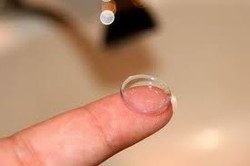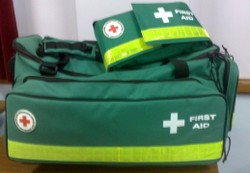Presbyopes have an increasing and ever growing number of options available for visions correction today. Bifocals, the old standard, are being replaced in some cases by progressive spectacle lenses. These are also known as no line bifocals.
While these options are well known, fewer people are aware of the alternatives available in contact lenses for presbyopia.
Multifocal and bifocal contact lenses are available in both soft and hard materials. The hard (or gas permeable) lenses are somewhat less comfortable but do provide better optics and have less complications than the soft lenses. The main advantage of the soft lenses is their increased comfort and ease on handling compared to the hard. Newer soft lenses are also available in silicone hydrogel (SiHy). These allow more oxygen to the cornea than the previous hydrogel materials.
Here we look at a few of the options that are out there for presbyopes who would like to try contacts.




 How The FDA Approves New Medicineson 08/16/2013
How The FDA Approves New Medicineson 08/16/2013
 10 Tax Mistakes Business Owners Makeon 08/05/2013
10 Tax Mistakes Business Owners Makeon 08/05/2013
 Accessories For Traveling With Jeweleryon 02/12/2013
Accessories For Traveling With Jeweleryon 02/12/2013
 Stages of the Sleep Cycleon 09/23/2012
Stages of the Sleep Cycleon 09/23/2012


Comments
It's amazing, the new technologies with lenses is amazing. thanks for sharing these amazing lens options.